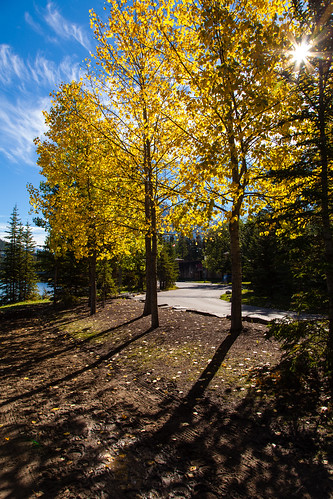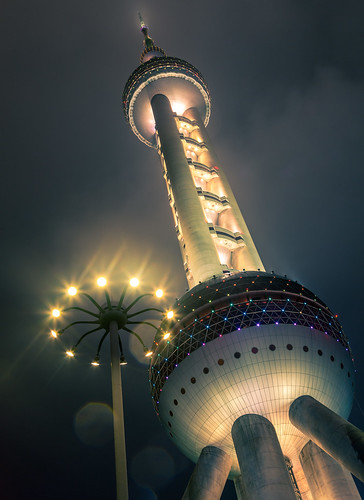mackguyver said:
Skirball said:
mackguyver said:
I found that my 50 1.4 did this same thing a lot, so I put a high quality multi-coated filter (like Hoya or B+W) and it took care of it. It won't fix flare from the sun or really bright lights, but should work in the example you posted.
You find you get less flare with a filter on?
Yes, with that and some other older lens designs that were pre-digital. I know it seems backwards, but if you think though it, the reflections are coming off the sensor (not an issue with film) and reflecting back on the front element. If the filter cuts down on the (internal) reflection with a modern multi-coating, that explains it. Again, it's no good in bright light, but helps with this specific type of reflection on lower intensity lights.
Multi-coating or not, no surface is going to reflect less than coated surface.
Mostly though, it's just opposite of my experience, even with the same lens. You can easily see the results of cheap un-coated filters in dark situations with bright points of light. When I moved to nice multi-coated Hoya filters I noticed a significant reduction in the same situation, and it colors them so they don't stand out as much, but they still show. I'm a filter guy (we don't need to re-hash this hackneyed discussion), but if I'm out at night, even in dusty, crowded, third-world streets, I take off my filter because of this very problem.


